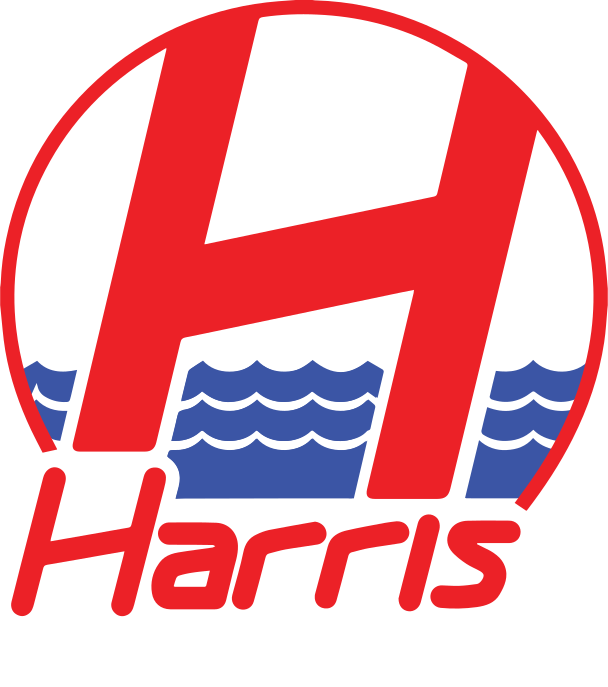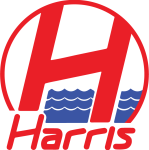A backflow prevention (BPD) device is installed for the protection of the city’s water supply from any contamination. The New York City Department of Environmental Protection (DEP) provides a clean water supply to over nine million NYC residents. For this reason the DEP has established a program monitoring the quality of drinking water by performing random testing throughout NYC on a regular basis. As part of a preventative measure the DEP has established the “Cross Connection Control Program” which requires certain types of businesses to install a backflow prevention device on their water main. The most common types or properties required to install a backflow device are Laundromats, any with sprinkler heads, restaurants, buildings with multiple water lines, salons, booster pumps on property, incorporates chemicals within production, medical/dental offices, car washes etc.
The backflow device is required to be installed on the main water lines feeding the building and prevents contaminated water from entering into the city water supply.  It is highly advised to higher an architect or engineer with experience specific to this type of work due to the detail and constant requirement updates. Working with an experienced architect will eliminate unnecessary error, keep the cost down, and narrow the time in-between submitting paperwork to the city and receiving the final approval. Once you have hired a qualified architect they must submit plans for DEP approval before the device is installed. The device must also be tested by a certified backflow tester at least one time per year.
It is highly advised to higher an architect or engineer with experience specific to this type of work due to the detail and constant requirement updates. Working with an experienced architect will eliminate unnecessary error, keep the cost down, and narrow the time in-between submitting paperwork to the city and receiving the final approval. Once you have hired a qualified architect they must submit plans for DEP approval before the device is installed. The device must also be tested by a certified backflow tester at least one time per year.
Steps to take for the backflow installation?
- A registered architect or engineer must draw plans specific to the requirements of your property and submit them to the Bureau of Water and Sewer Operations, Division of Permitting and Connections for approval – all paperwork must include original signatures and impression seals. (requested DEP revisions must be re-submitted until final approval is granted)
- Two original copies of the plans must be submitted in addition to the “Application for Approval of Backflow Prevention Device” for DEP approval.
- Once the plans are approved the Division of Permitting and Connections will release an approval letter to both the homeowner and the architect/engineer
- After receiving DEP approvals, a licensed master plumber must install the device exactly as shown on the approved plans. It is very important that the plumber follow the approved drawings exactly as shown on the plans to comply with and pass DEP inspections.
- The device must be tested upon installation as well as an annual basis by a company holding a master plumbers license
- The architect or engineer, the tester and the plumber must inspect and complete the “Report on test and maintenance of backflow prevention device” (Form GEN 215B) to the DEP Bureau of Water and Sewer Operations within 30 days of the installation.
What are the different types of backflow prevention devices?
- Double Check Valve (DCV) – this device consists of two check valves on each end which allow for fluid to flow in one valve and out the other. This type of valve is most commonly used for fire sprinkler systems
- Reduced Pressure Zone Device (RPZ) – is designed for properties that have potential for a high level of hazardous materials flowing back into the NYC water system
- Atmospheric Vacuum Breaker (AVB) is the most cost effective device but most be installed at every control valve which will most likely end up costing more money than the other devices discussed.
Is the Homeowner or NYC DEP responsible for installing the device?
As per the NYC code the homeowner is responsible for preventing contamination from entering the city water supply and must follow the above steps for approval and installation.
Please call 311 if you have any additional questions regarding the Cross Connection Program





















